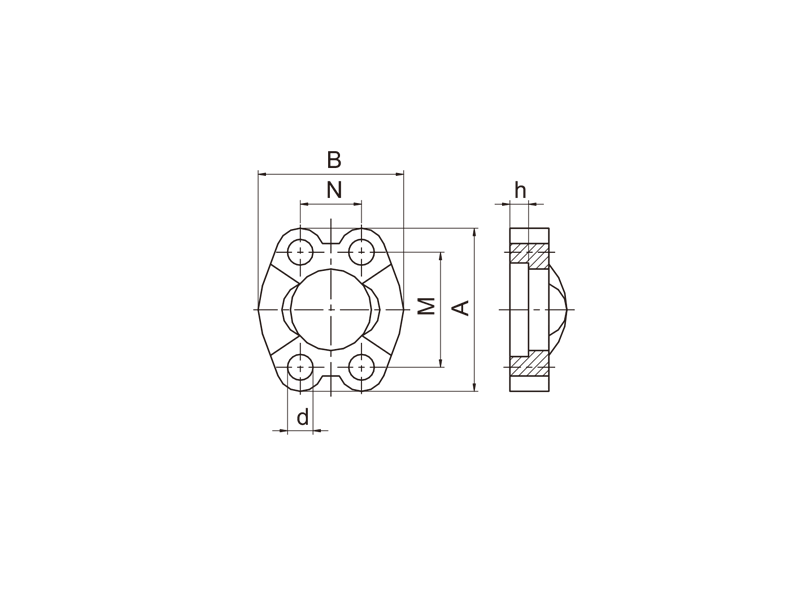
Hydraulic joints play a crucial role in mechanical equipment as they serve as connectors between high-pressure oil pipes. They consist of various components, including a motor, hydraulic pump, hydraulic reversing valve, and more. The working principle of hydraulic joints can vary depending on their type, but I will focus on explaining the principles of welded pipe joints, which are commonly used.
Welded pipe joints, as the name suggests, involve welding a ring seal between the joint and the pipe. These pipe joints have a straightforward structure, cost less to manufacture, and offer good sealing performance. However, they require high welding quality, and installation and disassembly can be less convenient due to the welding process.
Regarding cleaning hydraulic joints, there are two primary methods: kerosene cleaning and pickling.
Kerosene Cleaning: Kerosene is mainly used for cleaning copper and stainless steel pipes. To clean hydraulic joints using kerosene, follow these steps:
Remove the pipes and joints that need cleaning.
Submerge both the ends of the pipes and the joints in kerosene for cleaning.
The standard for cleanliness after kerosene cleaning is that there should be no visible contaminants or residue remaining on the components.
Pickling: Pickling is typically employed for steel pipes that have severe corrosion. The pickling process involves degreasing, washing with water, rust removal, and neutralization with an alkaline solution. It's essential to be cautious not to flush away any markings or labels on the hydraulic fittings during the pickling process.
By using these cleaning methods appropriately, you can maintain the performance and longevity of hydraulic joints, ensuring they function effectively in mechanical equipment. 